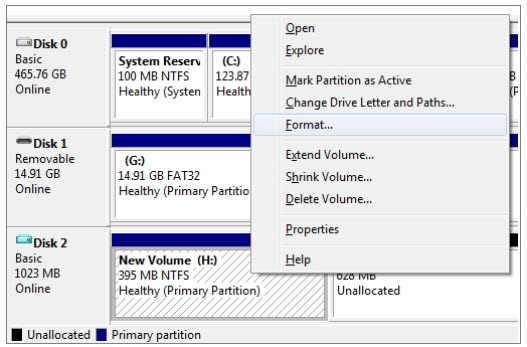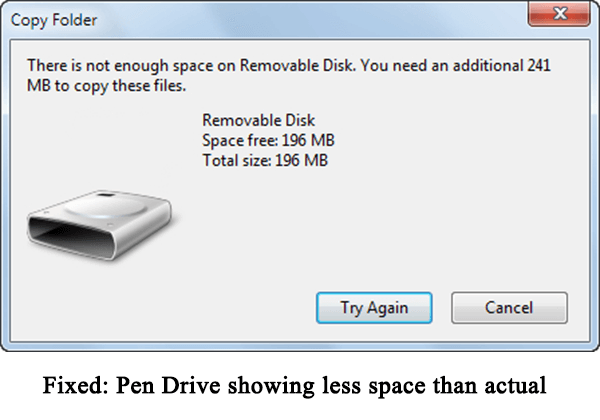

When compacting a Hyper-V disk, the physical disk space consumed by a virtual disk is reduced and unused physical disk space gets reclaimed. What is the difference between shrinking and compacting virtual hard disks? – When shrinking a Hyper-V disk, you reduce its maximum size limit. Remember that the virtual machine (VM) should be turned off for these operations to work. When the disk has reached its maximum size, you should open the Edit Disk wizard in Hyper-V Manager and select whether you want to shrink or compact a virtual hard disk.

The only way to do this is to manually reconfigure the disk through shrinking or compacting. However, deleting files from the virtual hard disk will not resolve this issue. How can you reduce the disk size? – If not monitored properly, a virtual hard disk can expand to its maximum size, thus consuming a lot of physical storage space. Moreover, dynamically expanding disks work well in testing and development environments, and are greatly compatible with servers running non-disk intensive applications. When you first create a dynamically expanding disk, it is small in size and only takes up the storage space that it actually needs.Ī dynamically expanding disk grows when new data is added to it, thus allowing you to minimize storage costs. What is a dynamically expanding disk? – Dynamically expanding disks are a type of disk which allows you to effectively use physical storage space. All You Need to Know About Hyper-V Dynamically Expanding Disks

Read today’s blog post to learn more about Hyper-V dynamically expanding disks, which steps should be taken to shrink or compact virtual hard disks, and how NAKIVO Backup & Replication can protect your virtual infrastructure. Select the action you want to perform ( Shrink or Compact).Specify the virtual hard disk whose size you want to reduce.Launch the Edit Virtual Hard Disk Wizard.In a nutshell, in order to shrink or compact virtual hard disks, you should do the following: To ensure effective storage space allocation, you can either shrink or compact virtual hard disks. The only way to deal with this issue is to regularly monitor disk size changes and then manually reconfigure the virtual hard disk properties. When working with Hyper-V dynamically expanding disks, there is always a risk that those disks will grow uncontrollably and reach their maximum size in no time. By Jessie Reed Complete Guide on How to Shrink and Compact Virtual Hard Disks in Hyper-V


 0 kommentar(er)
0 kommentar(er)
